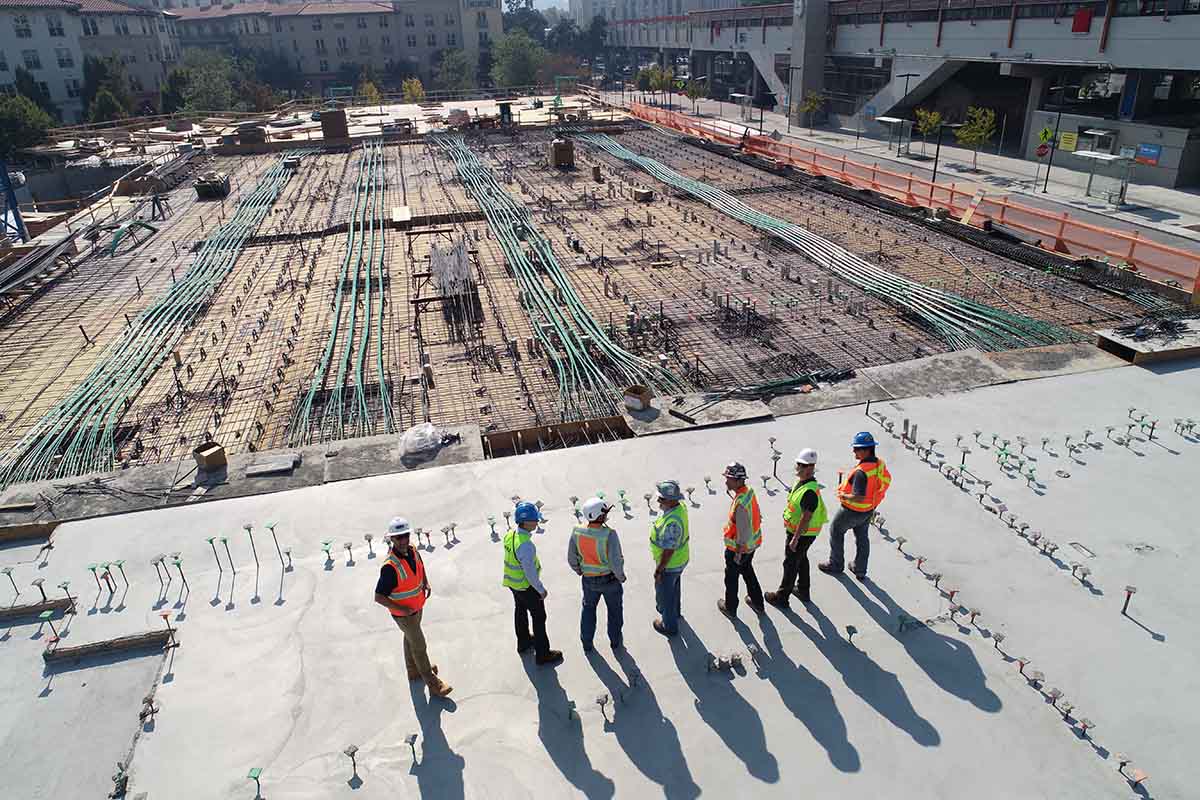Investing In These Things Is A Sure Bet For Construction Companies
As construction companies navigate economic fluctuations, technological advancements, and changing client demands, strategic investments become critical to their success. These investments aren’t mere gambles but well-founded strategies that can lead to long-term growth and stability. So, whether you’re a seasoned player in the construction sector or just starting out, read on to discover where your company should be placing its bets.
Technology Upgrades
Investing in state-of-the-art construction management software, Building Information Modeling (BIM) systems, and drone technology can streamline operations, enhance project efficiency, and reduce costs. Moreover, these tools improve collaboration among project stakeholders, ensuring smoother workflows and better project outcomes. Working closely with a lifting equipment manufacturer can help you get state-of-the-art machines and improve your construction operations. By incorporating cutting-edge technology, construction companies can position themselves as leaders in the field, attract top talent, and gain a competitive edge in the market.
Sustainable Practices
Sustainability is no longer a buzzword but a fundamental aspect of the construction industry. Investing in sustainable building materials, energy-efficient construction methods, and green certifications aligns your company with environmental goals and opens doors to a growing market of environmentally conscious clients.
Sustainable practices reduce environmental impact and lead to cost savings over time, making them a wise long-term investment. By committing to sustainability, construction companies can secure a positive reputation and contribute to a greener, more sustainable future.
Sustainable Building Materials
Explore and invest in sustainable building materials, such as reclaimed wood, recycled steel, and low-VOC (volatile organic compound) paints and finishes. These materials not only reduce the environmental footprint of your projects but also often enhance indoor air quality, promoting healthier living and working spaces. Sustainable materials can also showcase your commitment to eco-conscious construction to clients and partners.
Energy-Efficient Construction Methods
Adopt energy-efficient construction techniques and technologies to reduce energy consumption in your projects. This may involve incorporating passive solar design principles, installing energy-efficient HVAC systems, and utilizing renewable energy sources like solar panels. Over time, these measures can lead to lower utility costs and increased energy savings for your clients, making your projects more attractive and economically sustainable.
Investing in People
A company is only as good as its workforce, and construction is no exception. Investing in employee training and development programs not only improves the skills and productivity of your team but also boosts employee morale and retention rates.
Consider partnering with trade schools, offering apprenticeships, and providing opportunities for continuous learning. By nurturing talent and fostering a culture of growth, construction companies can ensure a steady supply of skilled workers and enhance their reputation in the industry.
Risk Mitigation
Construction is inherently risky, and unexpected events can lead to costly setbacks. One of the safest bets a construction company can make is investing in comprehensive insurance coverage and stringent safety protocols. Ensuring the well-being of your workers and protecting against potential liabilities is essential for long-term success.
Comprehensive Insurance Coverage
Invest in insurance policies tailored to the specific risks associated with your construction projects. This may include general liability insurance, workers’ compensation coverage, property insurance, and surety bonds. Having comprehensive insurance coverage can provide financial protection in case of accidents, property damage, or legal disputes, allowing your company to weather unexpected challenges.
Rigorous Safety Training
Prioritize the safety of your workforce through extensive safety training programs. Ensure that your employees are well-versed in industry best practices, hazard identification, and emergency response procedures. Regular safety drills and ongoing safety education can significantly reduce accidents and injuries on construction sites, protecting your team and your bottom line.
Safety Equipment and Gear
Invest in high-quality personal protective equipment (PPE) and safety gear for your workers. This includes helmets, gloves, safety vests, and harnesses. By providing the best safety equipment available, you demonstrate your commitment to the well-being of your team, reduce the risk of accidents, and potentially lower insurance premiums through improved safety records.
Legal and Regulatory Compliance
Stay up-to-date with local, state, and federal safety regulations and ensure full compliance. Failing to adhere to safety standards can result in costly fines, legal actions, and reputational damage. Regular audits and assessments of your safety protocols can help identify areas for improvement and demonstrate your dedication to maintaining a safe working environment for all stakeholders.
Strategic Partnerships
Collaboration is a cornerstone of success in the construction industry. Investing in strategic partnerships with suppliers, subcontractors, and other industry players can yield significant benefits. Forming long-term relationships with reliable partners ensures a steady supply chain, access to specialized expertise, and the ability to take on larger and more complex projects. These partnerships can also lead to cost savings through bulk purchasing and shared resources. By investing in strong alliances, construction companies can enhance their capacity, reputation, and profitability.
Infrastructure Expansion
Expanding your company’s geographical reach can be a lucrative investment strategy. As construction demands vary by region, diversifying into new markets can provide a buffer against economic downturns and seasonal fluctuations. Consider acquiring or opening branch offices in areas with growing construction activity or infrastructure development. Expanding your footprint increases revenue potential and allows you to tap into a broader talent pool, diversify your project portfolio, and reduce dependence on any single market.
Innovation and Research & Development
Construction companies that invest in research and development (R&D) and foster a culture of innovation position themselves as leaders in the industry. R&D can lead to the development of proprietary construction methods, materials, or technologies that offer a competitive advantage. Furthermore, innovation can lead to the discovery of more efficient and sustainable construction processes, reducing costs and environmental impact. By committing resources to innovation, construction companies can stay at the forefront of industry trends, attract visionary talent, and remain adaptable in a rapidly changing landscape.
Construction companies can thrive and prosper by prioritizing technology, sustainability, workforce development, risk management, strategic partnerships, geographic expansion, and innovation. These investments aren’t merely expenses but essential steps toward securing a prosperous future. Make these investments wisely, and your construction company will not only endure but also flourish in the years ahead, leaving an indelible mark on the industry.




















